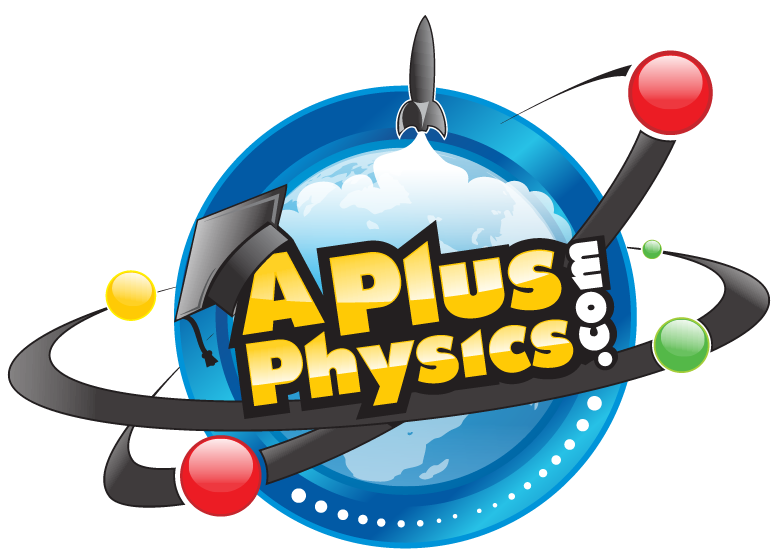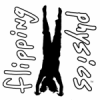Search the Community
Showing results for tags 'frequency'.
-
Name: AP Physics C: Simple Harmonic Motion Review (Mechanics) Category: Oscillations & Gravity Date Added: 2017-04-30 Submitter: Flipping Physics Calculus based review of Simple Harmonic Motion (SHM). SHM is defined. A horizontal mass-spring system is analyzed and proven to be in SHM and it’s period is derived. The difference between frequency and angular frequency is shown. The equations and graphs of position, velocity, and acceleration as a function of time are analyzed. the phase constant Phi is explained. And Conservation of Mechanical Energy in SHM is discussed. For the calculus based AP Physics C mechanics exam. Want Lecture Notes? Content Times: 0:12 Defining simple harmonic motion (SHM) 0:53 Analyzing the horizontal mass-spring system 2:26 Proving a horizontal mass-spring system is in SHM 3:38 Solving for the period of a mass-spring system in SHM 4:39 Are frequency and angular frequency the same thing? 5:16 Position as a function of time in SHM 5:44 Explaining the phase constant Phi 6:19 Deriving velocity as a function of time in SHM 7:33 Deriving acceleration as a function of time in SHM 9:05 Understanding the graphs of position, velocity, and acceleration as a function of time in SHM 12:16 Conservation of Mechanical Energy in SHM Multilingual? Please help translate Flipping Physics videos! AP Physics C Review Website Next Video: AP Physics C: Equations to Memorize (Mechanics) Previous Video: AP Physics C: Universal Gravitation Review (Mechanics) Please support me on Patreon! Thank you to Sawdog for being my Quality Control individual for this video. AP Physics C: Simple Harmonic Motion Review (Mechanics)
-
- phi
- function of time
- (and 19 more)
-
Name: Free Response Question #5 - AP Physics 1 - 2015 Exam Solutions Category: Exam Prep Date Added: 2016-04-17 Submitter: Flipping Physics Want Lecture Notes? Content Times: 0:09 The initial setup 1:54 Part (a) 3:02 Part (b) 4:22 Part (c) AP Physics 1 Review Videos Next Video: Reflections on the 2015 AP Physics 1 Exam Free Response Questions Previous Video: Free Response Question #4 - AP Physics 1 - 2015 Exam Solutions Multilingual? Please help translate Flipping Physics videos! 1¢/minute AP® is a registered trademark of the College Board, which was not involved in the production of, and does not endorse, this product. Link to The 2015 AP Physics 1 Free Response Questions Free Response Question #5 - AP Physics 1 - 2015 Exam Solutions
-
- exam
- free response question
- (and 9 more)
-
Name: Are Your Ears Older Than You? Category: Sound & Music Date Added: 29 April 2015 - 07:24 AM Submitter: FizziksGuy Short Description: Different frequencies are played to people of different ages View Video
-
-
- refraction
- Snells Law
-
(and 3 more)
Tagged with:
-
Version 1
44 downloads
A lab in which students oscillate an extended spring to create standing waves. By measuring the period or frequency of the standing waves, as well as the wavelength, students calculate the speed of the wave using the wave equation. Ultimate goal of this lab is to have students understand that the type of wave and the medium determine the speed of the wave. The wave equation, holds true and describes a relationship, but the speed of the wave is not determined by adjusting the wavelength or frequency. Materials: Long springs stopwatches meter sticksFree
Terms of Use
The pages of APlusPhysics.com, Physics in Action podcasts, and other online media at this site are made available as a service to physics students, instructors, and others. Their use is encouraged and is free of charge. Teachers who wish to use materials either in a classroom demonstration format or as part of an interactive activity/lesson are granted permission (and encouraged) to do so. Linking to information on this site is allowed and encouraged, but content from APlusPhysics may not be made available elsewhere on the Internet without the author's written permission.
Copyright Notice
APlusPhysics.com, Silly Beagle Productions and Physics In Action materials are copyright protected and the author restricts their use to online usage through a live internet connection. Any downloading of files to other storage devices (hard drives, web servers, school servers, CDs, etc.) with the exception of Physics In Action podcast episodes is prohibited. The use of images, text and animations in other projects (including non-profit endeavors) is also prohibited. Requests for permission to use such material on other projects may be submitted in writing to info@aplusphysics.com. Licensing of the content of APlusPhysics.com for other uses may be considered in the future.


